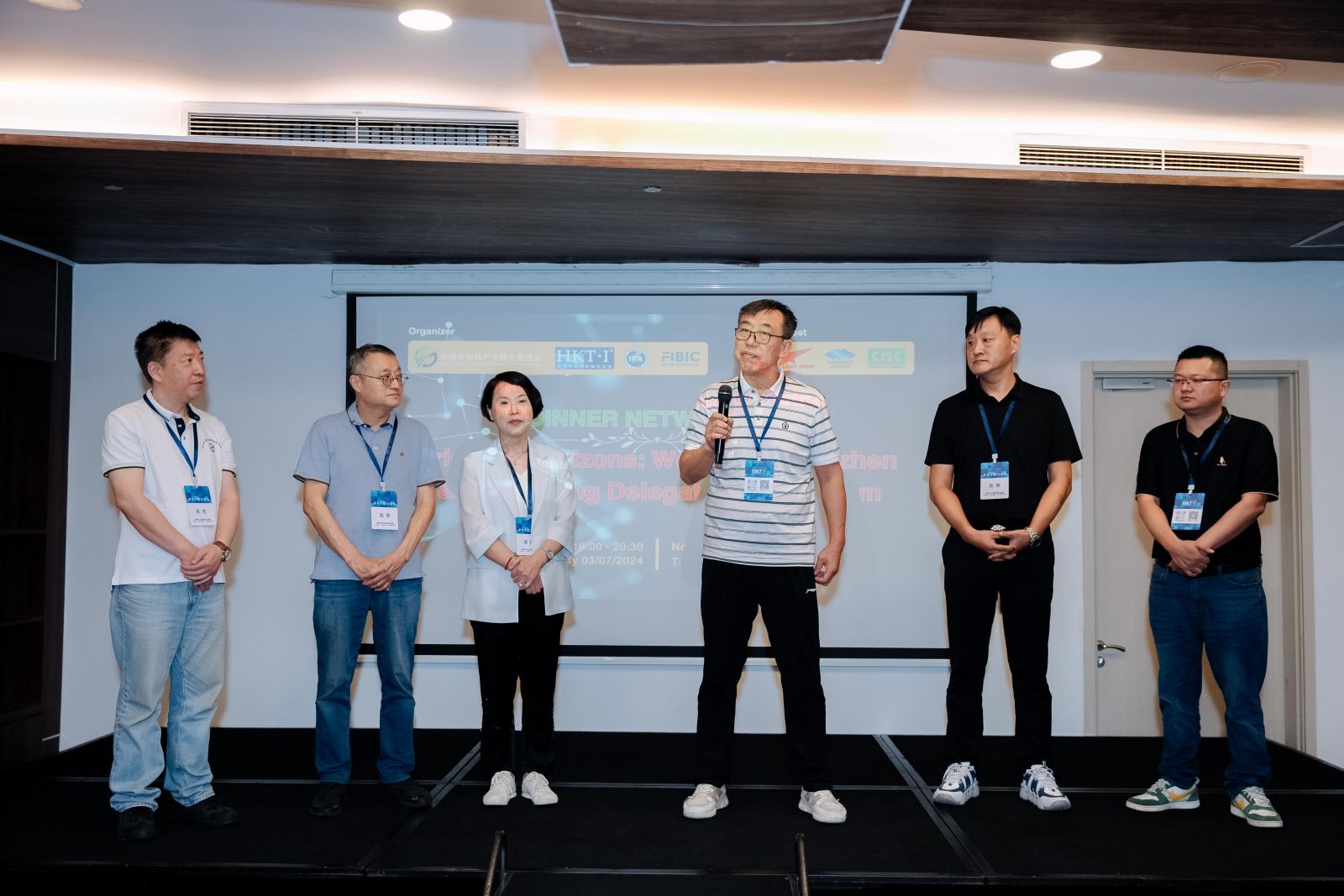Vietnam kicked off 2025 with a strong surge in foreign direct investment (FDI), reaching $4.33 billion in January—a 48.6% increase from the same period last year. Despite a slower start in new projects, additional investments and stake acquisitions skyrocketed, highlighting growing confidence from foreign investors.
South Korea emerged as the top investor, committing over $1.25 billion, a 13.4-fold jump compared to January 2024. Singapore followed closely with $1.24 billion, while Japan, mainland China, and Hong Kong rounded out the top five.
In terms of new projects, mainland China ranked first, accounting for 30.1% of all fresh investments. However, South Korea dominated in expanding existing projects (19%) and stake acquisitions (25.4%), signaling long-term commitments.
The manufacturing and processing sector remained the biggest magnet for foreign capital, securing $3.09 billion, nearly 71.3% of total FDI and doubling last year’s figure. In contrast, real estate investments dipped slightly to $1.09 billion, down 6.4%.
Among Vietnam’s provinces, Bac Ninh attracted the most investment, securing $1.39 billion—six times higher than last year. Dong Nai followed with $959 million (a 3.4-fold increase), while Hanoi pulled in $716.4 million, up 1.9%. Ho Chi Minh City remained the top destination for new projects, capital expansions, and stake acquisitions.
Vietnam’s FDI sector recorded a $3.2 billion trade surplus, helping offset a $1.97 billion deficit from domestic businesses. This contributed to an overall national trade surplus of $1.23 billion for the month.
The number of new projects was lower than in January 2024, mainly due to fewer large-scale investments and the impact of the New Year and Lunar New Year holidays. However, capital expansions surged by 509.6%, and stake acquisitions rose by 70.4%, compensating for the shortfall and driving overall FDI growth.
As of January 2025, Vietnam had over 42,000 active FDI projects, totaling $505.4 billion in registered capital, with $324 billion already disbursed.
With strong reinvestment trends and growing investor confidence, Vietnam continues to solidify its position as a key destination for global capital.
On June 26, 2024, the 11th floor of the Vietnam Economy Times (VET) Building in Hanoi was abuzz with the energy and enthusiasm of industry leaders, investors, and professionals who came together for the Vietnam Industrial Connect 2024 conference. FIBIC team are pleased to participate the event as one of the sponsor and contribute to the organization of a successful event. It provided a platform for meaningful discussions on socio-economic development, foreign investment trends, and the future prospects of Vietnam's FDI attraction.
In today’s rapidly evolving global market, Vietnam stands as a vibrant hub for industrial development and foreign investment. With its strategic location, robust economic policies, and a welcoming business environment, Vietnam offers unparalleled opportunities for investors from around the world, particularly from China, Hong Kong, and other key regions.
On July 3rd, 2024, FIBIC welcomed a group of business delegation from our key partners: Shenzhen Industry Convergence Promotion Association (SZICPA) and Hong Kong Technology Innovation & Integration Association (HKTII) to visit Vietnam and find out about the investment opportunities in the country. We had arranged the whole trip for the delegation including several meaningful and practical activities such as: site tours to different industrial parks, ready-built facilities, construction sites, meetings & dinner networking.
.JPG)

